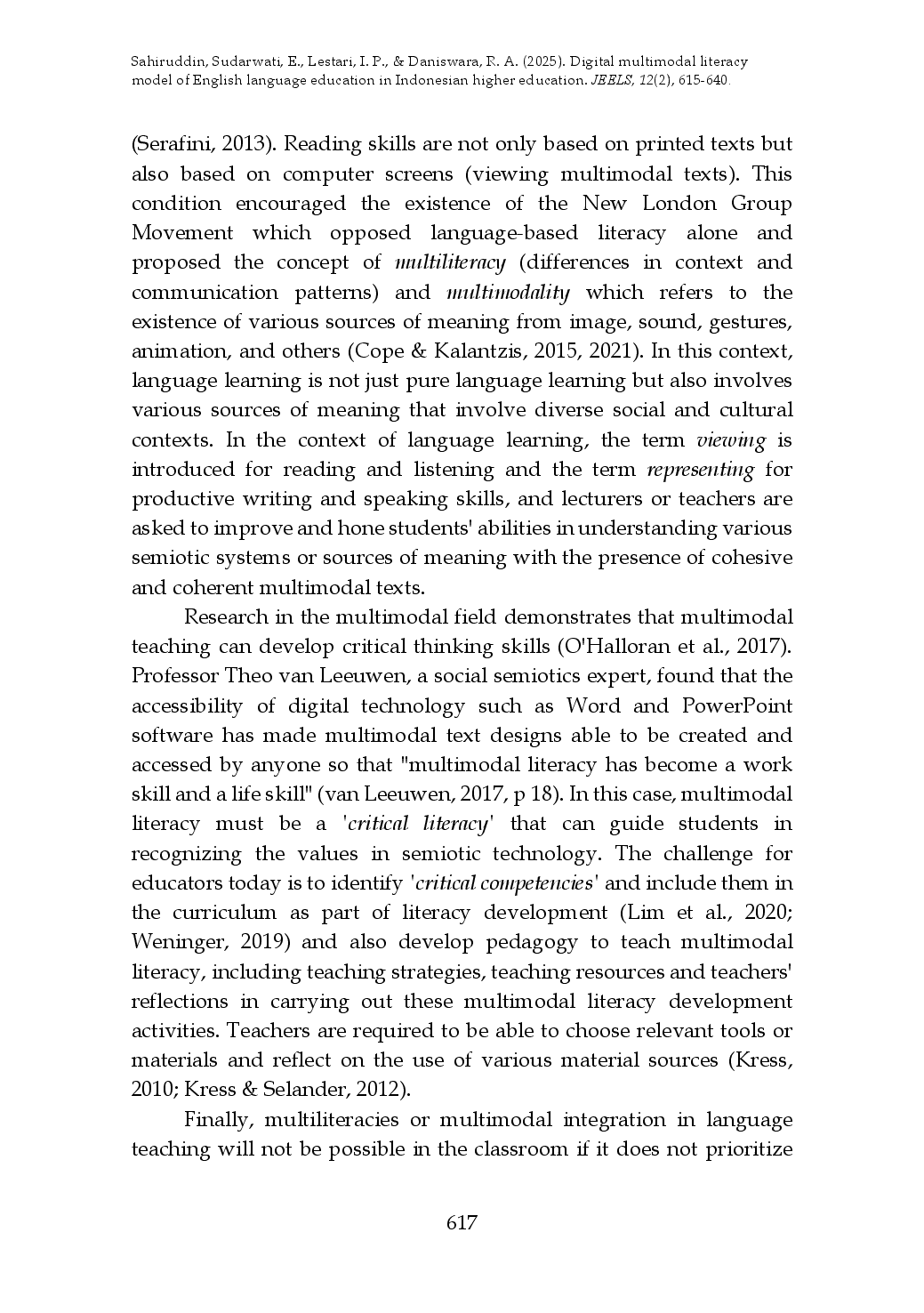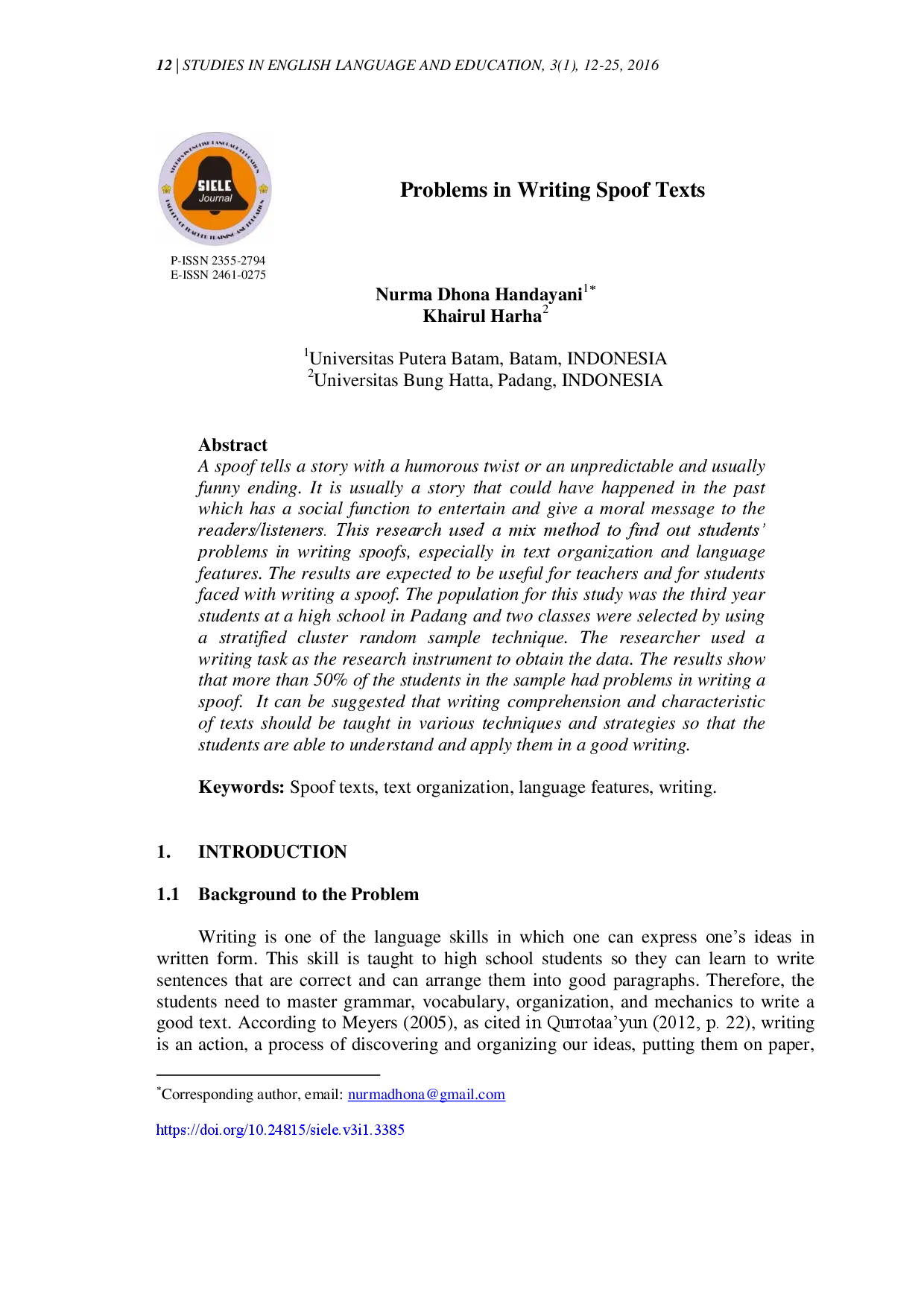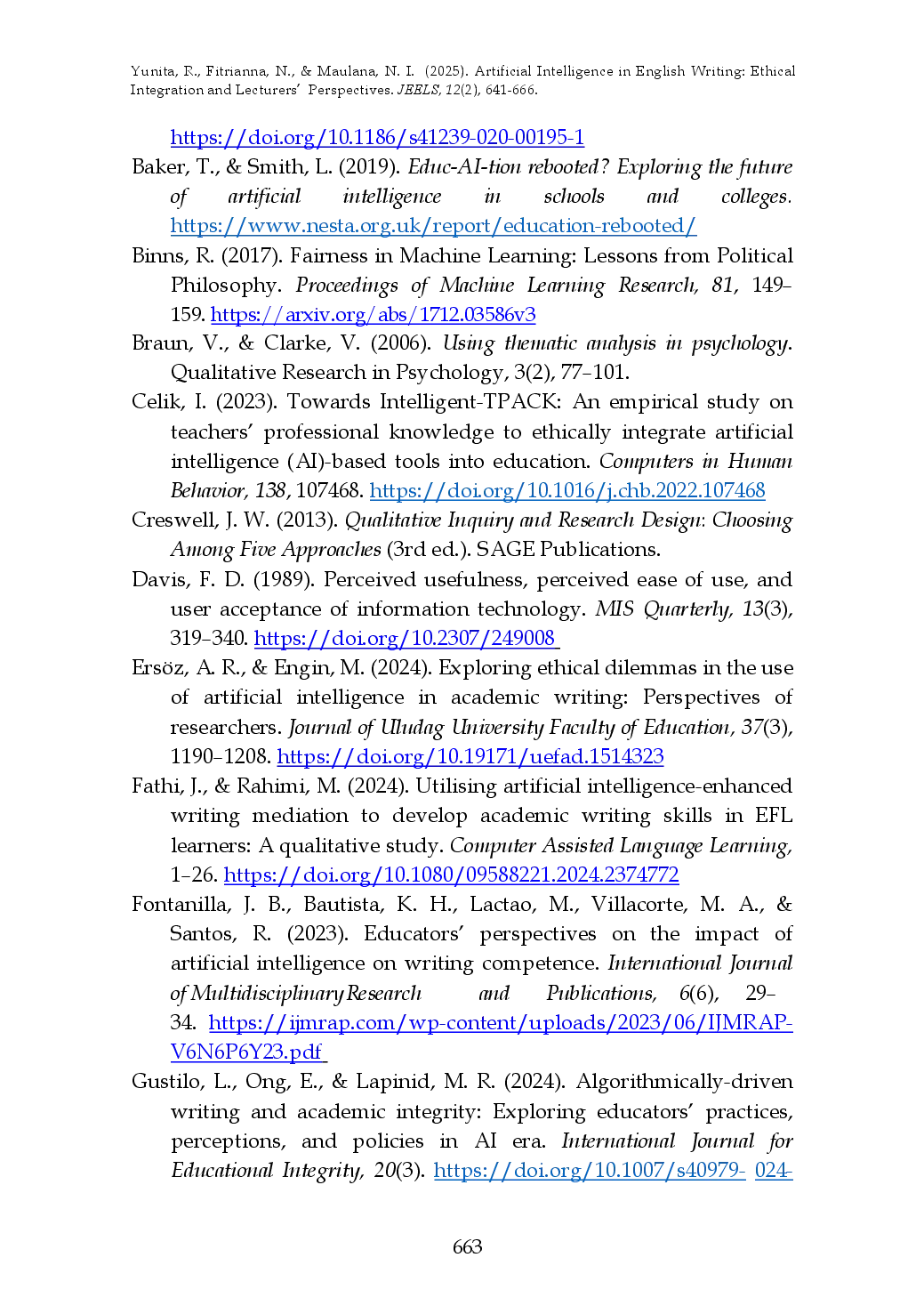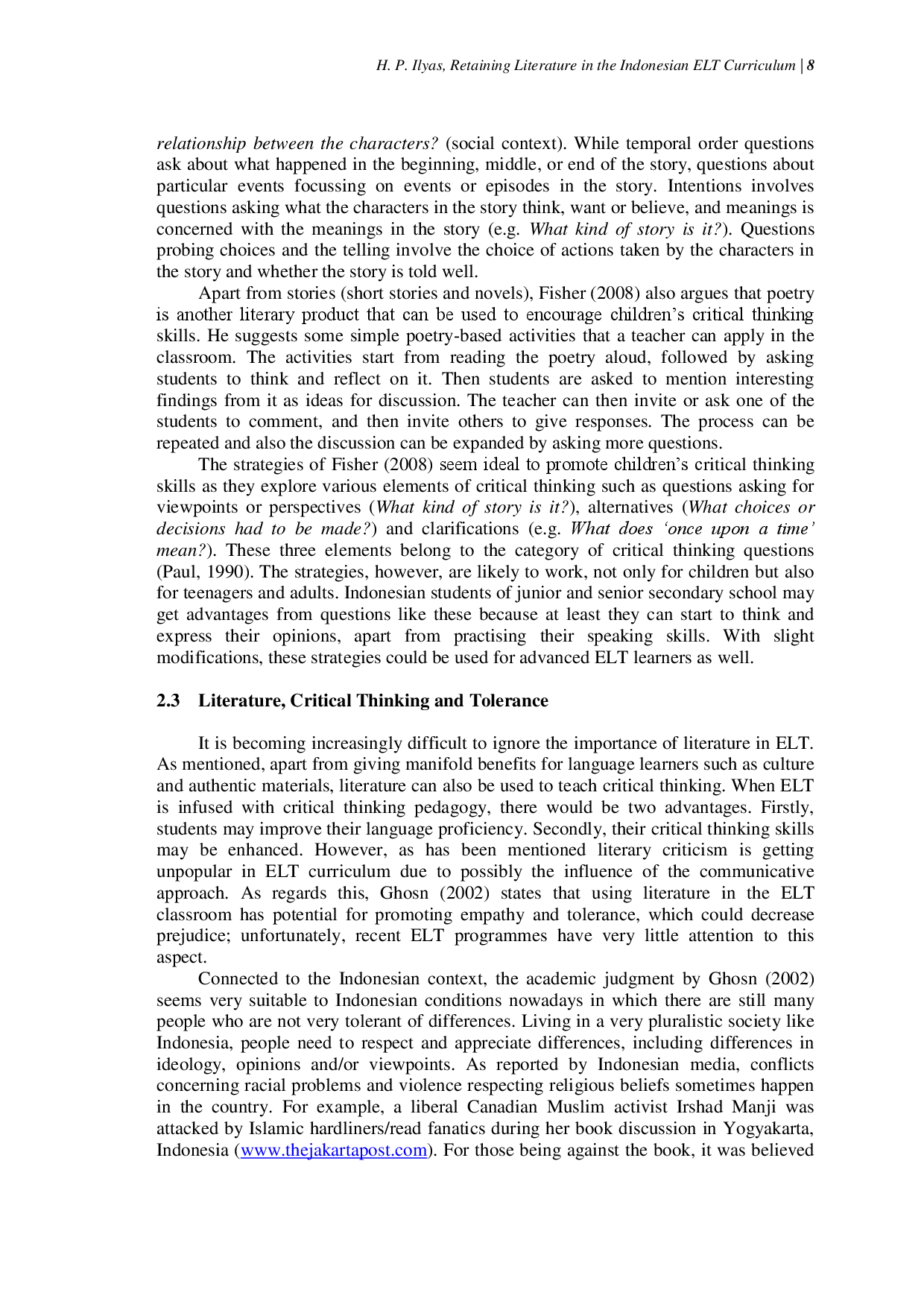USKUSK
Studies in English Language and EducationStudies in English Language and EducationAnimal Farm was written by George Orwell in 1944 to criticize the Soviet Union leaders and their administration represented by animal characters. The objective of this study was to find out the resemblances between the character of Soviet Union leaders at the time the novel was written and those depicted in the novel. In analysing the objective of this study, content analysis was used. The data are the dialogues and other information in the novel concerning the metaphors of characters between the Soviet Union leaders of the 20th century and those in Animal Farm. The writer finds out that Jones metaphors Nicholas II, the last Tsar of Russian Monarchy, Old Major with his speech metaphors Karl Marx with his Communist Manifesto, Napoleon as Stalin, Snowball as Trotsky, Squealer as Pravda, the Russian Newspaper at that time, Frederick as German and Boxer as the type of gullibility proletariat. Indeed, George Orwell‟s timeless work reminds us that totalitarianism could be harmful to one society.
The characters in Animal Farm were created by the author as metaphors for the Soviet Union leaders in the early of the 20th century.Jones, the owner of Manor Farm, was a metaphor for Nicholas II, Old Major represented Karl Marx, Snowball and Napoleon symbolized Trotsky and Stalin respectively, Squealer mirrored Pravda, Boxer embodied the proletariat, and Frederick represented Germany.Orwell skillfully depicted the political climate and figures of the time through these animal characters, offering a critique of totalitarianism.This analysis highlights the enduring relevance of Animal Farm as a commentary on power, corruption, and the dangers of unchecked authority.
Further research could explore the nuanced symbolism of minor characters in Animal Farm, investigating how they contribute to the novels broader critique of Soviet society. Another avenue for study involves a comparative analysis of Animal Farm with other dystopian literature, examining common themes and stylistic approaches to portraying totalitarian regimes. Additionally, a study focusing on the reception and interpretation of Animal Farm across different cultural contexts could reveal how its message resonates with diverse audiences and historical periods. These investigations would enrich our understanding of Orwells masterpiece and its lasting impact on political and literary discourse, offering insights into the enduring relevance of its cautionary tale. By delving deeper into these aspects, future research can contribute to a more comprehensive appreciation of Animal Farms artistic and intellectual significance, fostering a continued dialogue about the dangers of unchecked power and the importance of safeguarding democratic values.
| File size | 472.82 KB |
| Pages | 10 |
| DMCA | ReportReport |
Related /
IAIN KEDIRIIAIN KEDIRI Implementasi pedagogi multimodal memerlukan pengembangan profesional dan instruksi eksplisit guna memperkuat efektivitasnya. Penelitian selanjutnya harusImplementasi pedagogi multimodal memerlukan pengembangan profesional dan instruksi eksplisit guna memperkuat efektivitasnya. Penelitian selanjutnya harus
USKUSK Masyarakat perlu menyadari fenomena ini dan siap menghadapi segala keadaan di masa depan.mereka yang berasal dari kalangan kaya dan terkenal harus diajarkanMasyarakat perlu menyadari fenomena ini dan siap menghadapi segala keadaan di masa depan.mereka yang berasal dari kalangan kaya dan terkenal harus diajarkan
USKUSK The research concluded that most students experienced difficulties in writing spoofs, with issues more prominent in language features than text organization.The research concluded that most students experienced difficulties in writing spoofs, with issues more prominent in language features than text organization.
USKUSK Sikap siswa terhadap membaca juga penting dalam proses pengajaran–belajar. Strategi yang diterapkan oleh guru terhadap siswa yang tidak membaca efektifSikap siswa terhadap membaca juga penting dalam proses pengajaran–belajar. Strategi yang diterapkan oleh guru terhadap siswa yang tidak membaca efektif
Useful /
IAIN KEDIRIIAIN KEDIRI Lecturers emphasized the need for balanced use, combining AI tools with traditional teaching methods, alongside training and clear policies to guide ethicalLecturers emphasized the need for balanced use, combining AI tools with traditional teaching methods, alongside training and clear policies to guide ethical
IAIN KEDIRIIAIN KEDIRI Analisis tematik diterapkan untuk menganalisis data, mengungkap sikap siswa terhadap chatbot AI yang dipengaruhi oleh persepsi manfaat dan norm sosial.Analisis tematik diterapkan untuk menganalisis data, mengungkap sikap siswa terhadap chatbot AI yang dipengaruhi oleh persepsi manfaat dan norm sosial.
UINSIUINSI 14/2020 memperbolehkan umat Islam mengganti shalat Jumat dengan shalat Zuhur di rumah, serta menghindari shalat berjemaah di masjid selama masa pandemi14/2020 memperbolehkan umat Islam mengganti shalat Jumat dengan shalat Zuhur di rumah, serta menghindari shalat berjemaah di masjid selama masa pandemi
USKUSK Selain itu, berpikir kritis dapat mempromosikan toleransi melalui kegiatan dialogis. Ini memiliki implikasi penting untuk mempertahankan sastra dalam kurikulumSelain itu, berpikir kritis dapat mempromosikan toleransi melalui kegiatan dialogis. Ini memiliki implikasi penting untuk mempertahankan sastra dalam kurikulum







